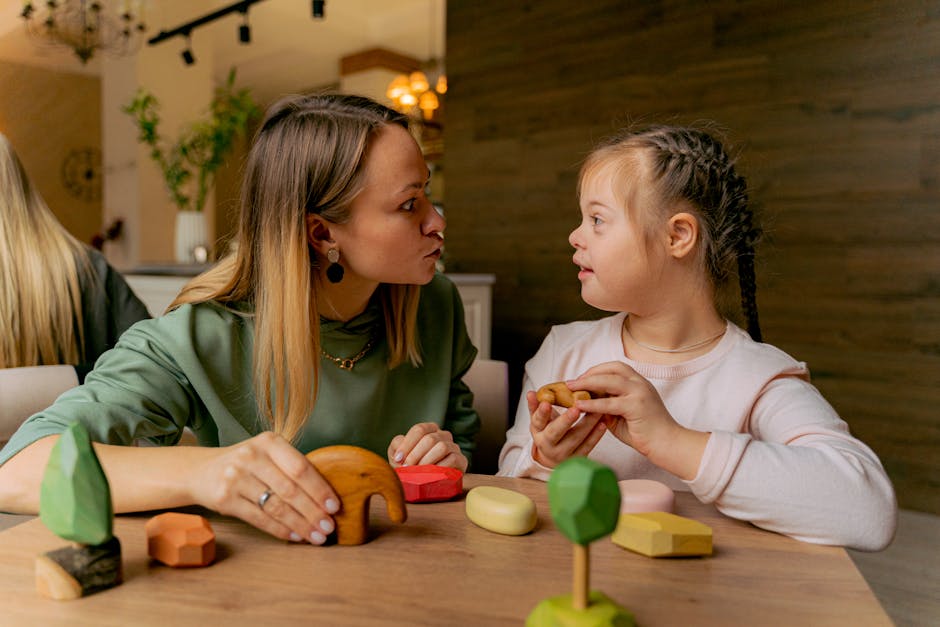Gamifying Failure: Embrace Mistakes to Enhance Online Learning
In today’s fast-paced educational environment, the fear of failure often looms larger than the desire to learn. But what if we could turn that anxiety on its head? Yes, you read that right—embracing mistakes can transform online learning experiences into engaging adventures. This article dives deep into the revolutionary idea of gamifying failure in the landscape of education and online courses. Let’s explore how redefining failure can be your greatest asset in facilitating meaningful learning experiences.
Understanding the Concept of Gamification in Education

At its core, gamification refers to the application of game-like elements in non-game contexts, particularly education. It encompasses a wide range of methodologies designed to make learning more engaging and interactive. As online courses become a staple in education, integrating gamification with an emphasis on failure can significantly alter learners' perspectives.
When we gamify learning, we're not just seeking to make things fun; we're also creating scenarios where students can experiment, make mistakes, and learn from them without the heavy burden of traditional grading systems. Instead of shying away from bumpy roads, learners can view obstacles as pivotal learning opportunities.
The Psychological Impact of Embracing Mistakes

Our reaction to failure stems largely from our psychological makeup. According to Carol Dweck's influential research on the growth mindset, adopting a mindset that embraces challenges fosters resilience and encourages a more profound engagement with learning. She posits that when students understand that their abilities can be developed through dedication and hard work, they begin to appreciate effort over perfection.
This perspective is crucial when integrating failure into the learning process. When students are allowed to make mistakes in a supportive, gamified environment, they experience lower anxiety, increased motivation, and a newfound thirst for knowledge. By fostering a space where error is viewed as an essential part of the journey rather than a detour, educators can cultivate a healthy climate for exploration.
Gamifying Failure: Practical Strategies for Implementation

1. Create a Safe Environment for Experimentation

Establishing an online classroom atmosphere where students feel safe to fail is paramount. Consider integrating elements like anonymous polling or online discussion boards where learners can share their mistakes without judgment. When students recognize that their peers share similar struggles, they’re more likely to take risks.
Additionally, tools like anti-learning approaches encourage students to deconstruct established norms and thought processes. By nurturing creativity and critical thinking, educators can lay the groundwork for tackling challenges and, consequently, failure.
2. Incorporate Feedback Mechanisms

Feedback is a crucial aspect of any gamified learning strategy. Instead of mere grades, utilize peer reviews or iterative assessments that encourage constructive feedback. This approach enables students to communicate openly about what went wrong and how they can improve.
Engaging in dialogue promotes self-reflection and awareness. A study from Harvard Business Review indicates that regular feedback can lead to increased stamina for tackling difficult tasks and greater resilience in facing failures. Tools that allow peer feedback can be highly valuable here.
3. Design Point and Reward Systems

Point systems serve as an excellent method to gamify learning and failure. Create scenarios where students earn points for taking risks or making mistakes, highlighting not just the successful solutions but the learning process itself. This shift encourages taking chances while rewarding resilience rather than just correct answers.
Implement visible dashboards showing each student's progress, failures included, to help cultivate a sense of achievement despite setbacks. By focusing on the accumulation of experience points (XP) rather than traditional grades, educators shift the narrative surrounding failure.
4. Storytelling: Learning Through Narrative

Narrative plays a significant role in how we process events, including failure. By creating learning modules based on storytelling, educators can shape failure into part of a more extensive "hero's journey," where missteps are framed as critical turning points rather than endings.
This method not only keeps students engaged but also appears to enhance retention. Fostering emotional connections through stories makes lessons resonate and offers clarity on why mistakes can be beneficial—a technique that aligns beautifully with the growing emphasis on storytelling in online learning.
Real-World Applications: Learnings from Innovative Programs

Taking inspiration from existing successful models can further illuminate the path forward. For example, platforms like Duolingo integrate gamified elements to prevent learners from feeling overwhelmed with new language structures. The platform embraces failure by providing immediate feedback and encouraging users to keep trying without penality.
Another noteworthy example is Khan Academy, which features a mastery-based learning approach allowing students to work through a variety of problems at their own pace. This strategy supports learners who might need multiple attempts to fully grasp complex concepts, celebrating iterative learning along the way.
The Future of Online Learning: Embracing a Culture of Mistakes

As we look ahead to 2025 and beyond, the ability to adapt and innovate within the educational framework will become increasingly essential. Research from the Moz Blog indicates that adaptive learning technologies will shape future classrooms by addressing individual learner needs in real-time. By embracing a culture of mistakes and integrating gamification strategies, educators can accelerate that adaptation process.
With a focus on emotional intelligence, such as in AI-driven empathy training, educational institutions can ensure that learners develop resilience and adaptability to challenges—all while enhancing their overall learning experience.
Final Thoughts: Shift Your Perspective on Failure
The time has come to shift the narrative surrounding mistakes in education. By gamifying failure, we unlock a treasure trove of opportunities for learners to thrive, experiment, and grow. Schools and online education platforms can capitalize on this shift, transforming their curricula to prioritize the process over the product.
So, as you embark on your educational journey or design your online courses, remember: each stumble, each trip, and each miscalculation is not the end but rather a stepping stone toward mastery. Gamify your failures, celebrate them, and watch your learning experiences flourish.



